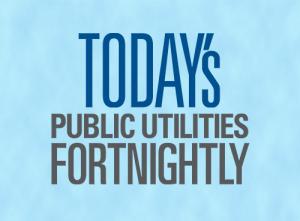Whatever your passions about the upcoming national elections, be they red or blue, consider this question. If a change from the status quo is the result — that is, if the presidency and/or the senate majority flips from red to blue — what are the implications for our industry?

Clearly, the blue team is far more ambitious about combatting climate change. It wishes to increase federal intervention in the fight, quite considerably.
Particularly if both the presidency and senate majority flip from red to blue, one should expect legislative, regulatory and administrative initiatives to accelerate the development of wind and solar generating capacity, and the electrification of transportation as well. But what that means specifically for transmission siting, approval and incentives, or for grid modernization investment, or for energy storage research, or for charging station construction, or for offshore wind’s backbone buildout, etcetera, is unclear.
With the red team holding sway in Washington these last few years, state initiatives have dominated energy and utilities policy. But if the third of November produces a fundamentally different federal approach, perhaps we’ll see the states and feds cooperating sometimes and competing at other times, which was the case during the Obama years.
As we inch closer to the years — 2030 or 2035 or 2040, for example — when decarbonization goals are to be attained, policymakers may come to the realization that details like long-distance transmission, long-term energy storage, and grid hardening and flexibility are essential.
Some well-placed policymakers may see that already. How will that be baked into the transition team plans for a first hundred days and beyond?
So, it seems like a prudent course to get ready for this particular scenario. For as the great Jim Rogers said a dozen years ago, at an earlier moment in time when the feds flipped, “if we are not at the table, we will be on the menu.”

